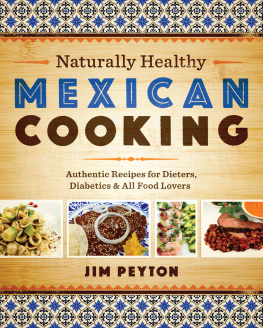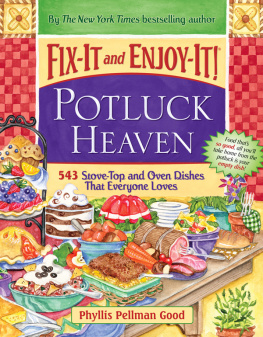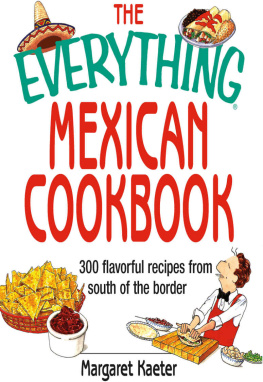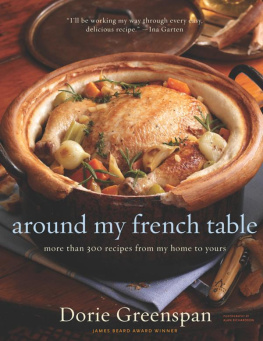Fertig - 500 Mexican dishes: the only compendium of Mexican dishes youll ever need
Here you can read online Fertig - 500 Mexican dishes: the only compendium of Mexican dishes youll ever need full text of the book (entire story) in english for free. Download pdf and epub, get meaning, cover and reviews about this ebook. City: South Portland;Me, year: 2010;2015, publisher: Sellers Publishing, genre: Home and family. Description of the work, (preface) as well as reviews are available. Best literature library LitArk.com created for fans of good reading and offers a wide selection of genres:
Romance novel
Science fiction
Adventure
Detective
Science
History
Home and family
Prose
Art
Politics
Computer
Non-fiction
Religion
Business
Children
Humor
Choose a favorite category and find really read worthwhile books. Enjoy immersion in the world of imagination, feel the emotions of the characters or learn something new for yourself, make an fascinating discovery.

- Book:500 Mexican dishes: the only compendium of Mexican dishes youll ever need
- Author:
- Publisher:Sellers Publishing
- Genre:
- Year:2010;2015
- City:South Portland;Me
- Rating:3 / 5
- Favourites:Add to favourites
- Your mark:
- 60
- 1
- 2
- 3
- 4
- 5
500 Mexican dishes: the only compendium of Mexican dishes youll ever need: summary, description and annotation
We offer to read an annotation, description, summary or preface (depends on what the author of the book "500 Mexican dishes: the only compendium of Mexican dishes youll ever need" wrote himself). If you haven't found the necessary information about the book — write in the comments, we will try to find it.
500 Mexican dishes: the only compendium of Mexican dishes youll ever need — read online for free the complete book (whole text) full work
Below is the text of the book, divided by pages. System saving the place of the last page read, allows you to conveniently read the book "500 Mexican dishes: the only compendium of Mexican dishes youll ever need" online for free, without having to search again every time where you left off. Put a bookmark, and you can go to the page where you finished reading at any time.
Font size:
Interval:
Bookmark:
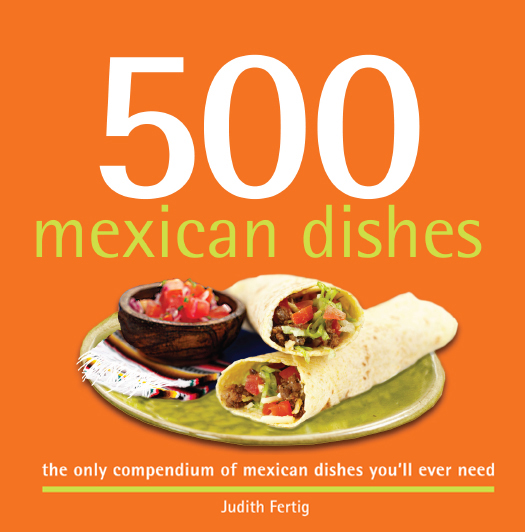
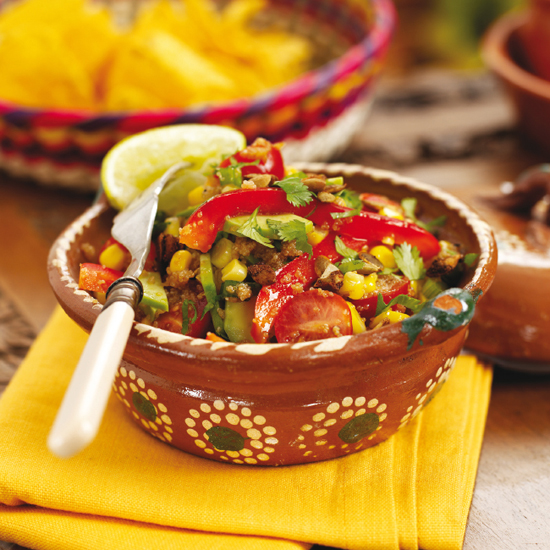

Published by Sellers Publishing Inc.
161 John Roberts Road, South Portland, Maine 04106
Visit our Web site: e-ISBN: 978-1-4162-0818-1 500 Mexican Dishes copyright 2015 Quintet Publishing Limited. All rights reserved under International and Pan-American copyright conventions. By payment of the required fees, you have been granted the nonexclusive, nontransferable right to access and read the text of this e-book onscreen. No part of this text may be reproduced, transmitted, downloaded, decompiled, reverse engineered, or stored or introduced into any information storage and retrieval system, in any form, by any means, whether electronic or mechanical, now known or hereinafter invented, without the express written permission of Sellers Publishing, Inc. e-books. January 2015 This book was designed and produced by
Quintet Publishing Limited
4th Floor, Sheridan House
114-116 Western Road
Hove, East Sussex
BN3 1DD Project Editor: Asha Savjani
Series Editor: Robert Davies
Editorial Assistants: Camilla Barton, Tanya Laughton
Food Stylist: Fergal Connolly
Photographer: Ian Garlick
Designer: Gavin Edwards
Art Director: Michael Charles
Managing Editor: Donna Gregory
Publisher: James Tavendale Shutterstock images appear on .
Stock Food images appear on Tim Hill/Alamy. Quintet Publishing Limited wishes to thank The Mariposa Collection at Casa Mexico (www.casamexico.co.uk).
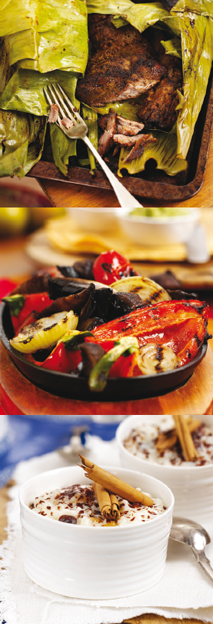
In turn the Spanish brought pork, beef, lamb, citrus fruits, garlic, cheese, milk, wheat, vinegar, and wine. Although the conquistadores systematically destroyed the Aztec empire and replaced it with Spanish ways, they never succeeded in extinguishing the native culture and traditions. Food, as always, is the conduit from the past to the present. Mexican cooking today starts with ingredients that ancient peoples would have grown or gathered, raised, or hunted. Ancient recipes, such as banana-leaf wrapped meats and fish, pozole, pulque, chocolate drinks, and corn tortillas, are still made in Mexican kitchens. Add to that the European influences from Spanish and French colonials, and you have a vibrant culinary tradition.
From the simplest family meal to a high-style dinner, Mexican food still means a fiesta of flavors, textures, and colors. regional cuisines A land of great geographical contrasts, Mexico ranges from desert and prairie to lush valleys, coastal lowlands, rugged sierras, and tropical rainforests. baja This long peninsula just south of California is famous for its fish tacos and seafood dishes. chihuahua The plains of northern Mexico produce wheat, cattle, and dairy products, such as the crumbly white Chihuahua cheese. Tex-Mex dishes heavy on meat and beans are popular here. jalisco Blue agave reigns in this dry region of western Mexico, where the best tequila is made. oaxaca Coffee is grown in this southern region and is usually prepared a la olla laced with sugar and cinnamon and left to simmer in a large pot for hours. puebla Just two hours south of Mexico City, Puebla is where the first mole sauce was prepared. puebla Just two hours south of Mexico City, Puebla is where the first mole sauce was prepared.
Today, every household has its own special version.  sonora This northwestern region is famous for its wheat flour tortillas, guava cooked down into a fruit paste, prickly pear and nopal, and tamales. veracruz In seaside Veracruz, fish is the most popular dish. Any fish dish a la Veracruzana means it is topped with a sauce of tomatoes, olives, capers, and chiles (above). yucatn The ancient land of the Maya on the Caribbean coast features foods marinated in achiote (a red annatto paste), then wrapped in banana leaves and cooked outdoors. ingredients In Mexico, with its warm climate and long growing season, the cooking relies on fresh, local ingredients, usually grown in small plots by the householder or purchased at the mercado (market).
sonora This northwestern region is famous for its wheat flour tortillas, guava cooked down into a fruit paste, prickly pear and nopal, and tamales. veracruz In seaside Veracruz, fish is the most popular dish. Any fish dish a la Veracruzana means it is topped with a sauce of tomatoes, olives, capers, and chiles (above). yucatn The ancient land of the Maya on the Caribbean coast features foods marinated in achiote (a red annatto paste), then wrapped in banana leaves and cooked outdoors. ingredients In Mexico, with its warm climate and long growing season, the cooking relies on fresh, local ingredients, usually grown in small plots by the householder or purchased at the mercado (market).
Fresh ingredients round out the staples of the ancient cuisine built upon corn and beans, which are often used dried. With larger families, there is always someone in the kitchen to make a salsa, corn tortillas, a salad, or a sweet treat. Flavorings such as herbs and chiles help the taste of a dish, but they also add practical nutrients. Herbs such as epazote not only add flavor but also help counter the digestive effects of beans. Chiles contribute a fiery note to bland foods as well as necessary vitamin C. Meat, fish, and chicken are preferably local and used sparingly; thats why youll find fajitas or strips of grilled meat served with tortillas and condiments rather than a big American steak.
Happily, many supermarkets and grocery stores outside of Mexico now include an expanded section of Hispanic products, where you can find evaporated goats milk for cajeta, prepared dulce de leche, Mexican chocolate, dried epazote, canned chiles, salsas, dried beans, and much more. In the produce aisle, fresh chiles, avocados, and cilantro are as easy to find as peas, beans, and parsley, while tortillas have become so common that children today have no concept of their country of origin. beans Used both fresh and dried. The most common Mexican beans are black beans and pintos. Small beans are often served refrito (refried in lard) or de la olla (simmered in broth). cactus A spiky desert plant used as a fruit, vegetable, and base for making tequila.
Nopales or cactus pads are boiled, then used in salads and side dishes. Prickly pear fruits are made into jams, jellies, and syrups. Blue agave pias or fruits go into the production of tequila. cheese & dairy These are used mainly for finishing a dish. Queso fresco is a crumbly, white cows milk cheese; aged queso fresco is called anejo. Queso blanco or Monterey Jack cheese is mild and meltable.
Chihuahua is similar to mild cheddar. Queso quesadilla and asadero, mozzarella-like cheeses, are used as a filling for quesadillas. Cotija is an aged, hard grating cheese similar to Parmesan and mainly used to garnish vegetable dishes. Crma is Mexican-style crme frache, a blend of sour cream and cream.
Font size:
Interval:
Bookmark:
Similar books «500 Mexican dishes: the only compendium of Mexican dishes youll ever need»
Look at similar books to 500 Mexican dishes: the only compendium of Mexican dishes youll ever need. We have selected literature similar in name and meaning in the hope of providing readers with more options to find new, interesting, not yet read works.
Discussion, reviews of the book 500 Mexican dishes: the only compendium of Mexican dishes youll ever need and just readers' own opinions. Leave your comments, write what you think about the work, its meaning or the main characters. Specify what exactly you liked and what you didn't like, and why you think so.

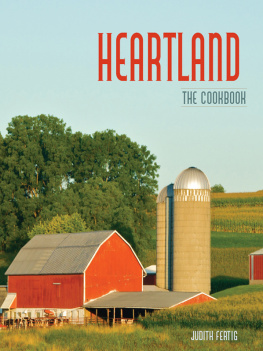
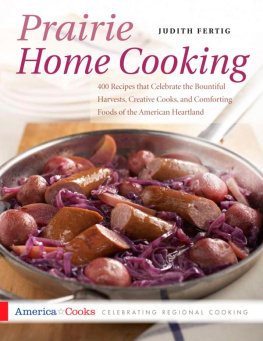


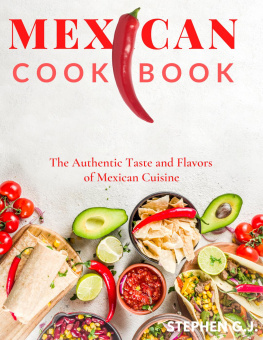
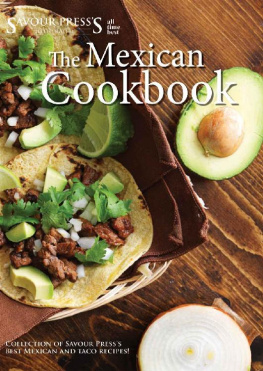
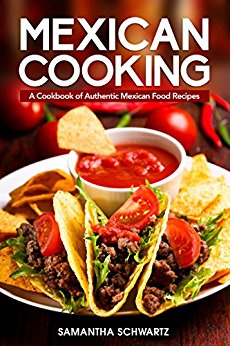
![Avery Moore - Mexican Cookbook 365: Tasting Mexican Cuisine Right In Your Little Kitchen! (Best Mexican Cookbook, Mexican Dessert Cookbook, Slow Cooker Mexican Cookbook, Mexican Salsa Cookbook) [Book 1]](/uploads/posts/book/288399/thumbs/avery-moore-mexican-cookbook-365-tasting-mexican.jpg)
